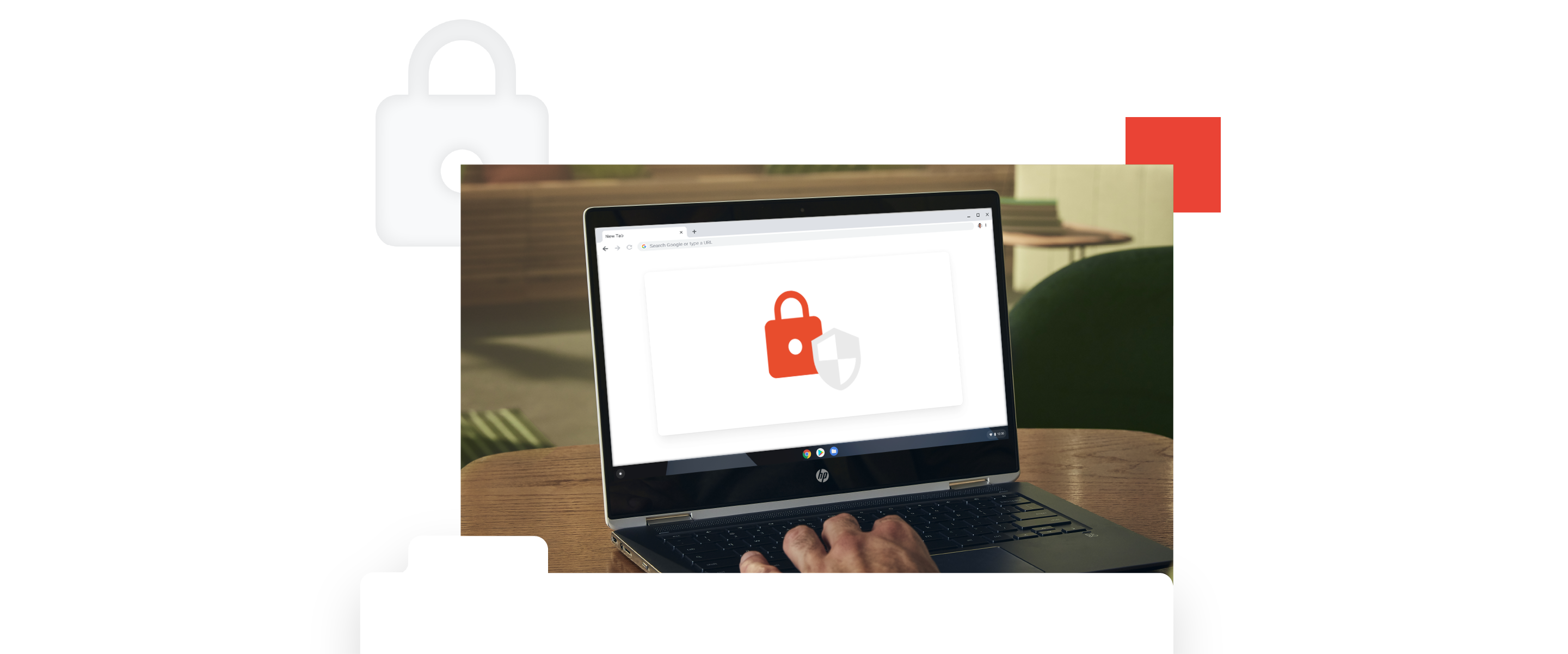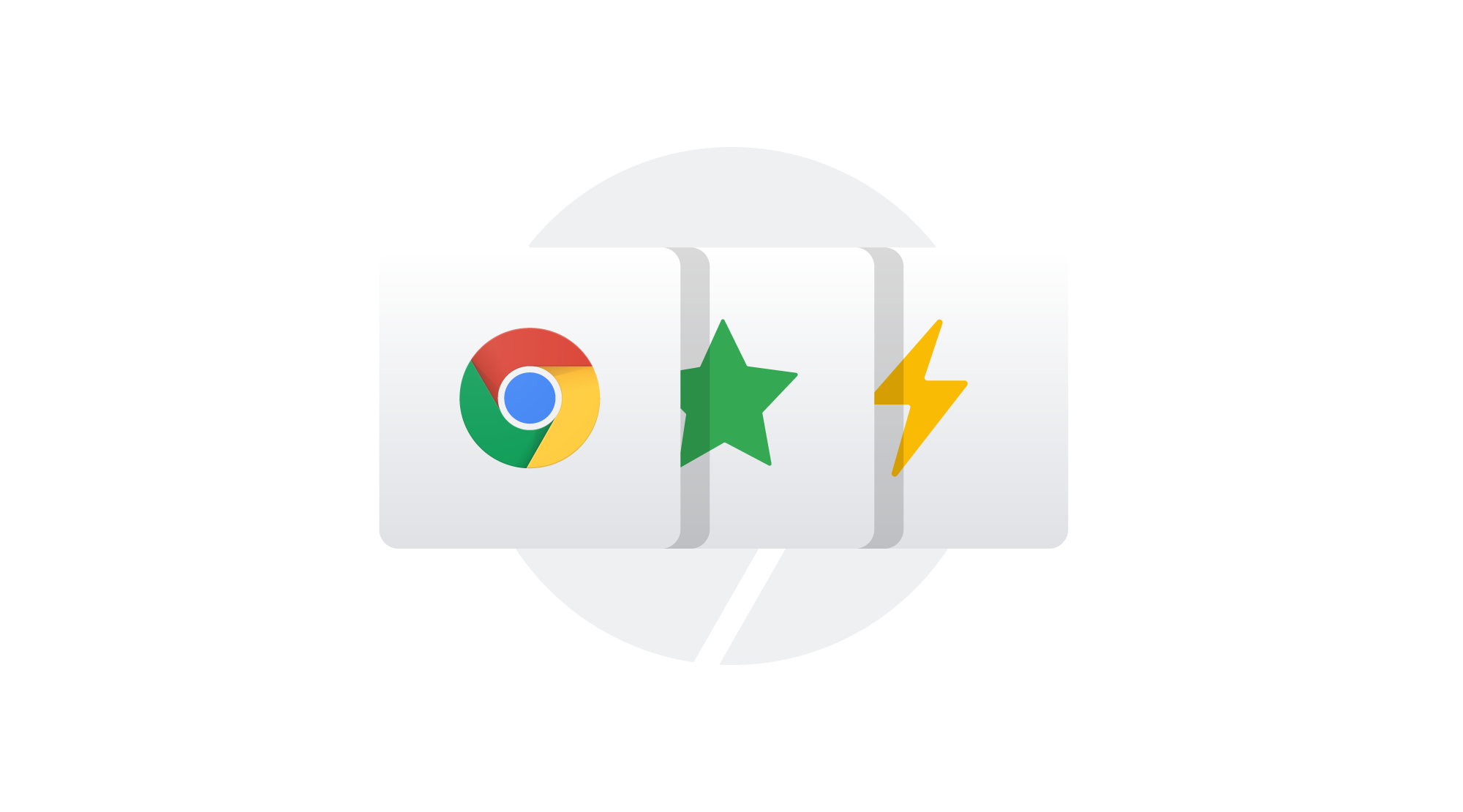How Chrome Enterprise is helping healthcare companies provide better patient experiences

As Robert Reiss recently said in Forbes, “the only constant in healthcare is change.” The digital landscape in healthcare is no exception. While patient needs are increasing, pressures to keep costs down have mounted. On the technology front, stories about data breaches dominate the headlines. And yet the industry has come to increasingly realize it must use IT as a facilitator to deliver more and better care at a lower cost. For many organizations, the solution has been to move more workloads from traditional systems to the cloud.
One way many organizations have addressed this opportunity has been through the adoption of Chrome Enterprise and Chrome devices. Because it can be faster, more secure and integrated with critical virtualization solutions, Chrome OS has seen rapid adoption in the healthcare sector. Organizations like Middlesex Hospital and Chapters Health System are using Chrome Enterprise to provide a secure, future-proof entry point to the cloud, connecting their staff to data-driven systems so they can focus on what’s most important—delivering great patient care.
Bringing Chrome OS to healthcare organizations
From secure, self-service kiosks to shared nurse workstations, there are many ways Chrome OS can offer better experiences for staff, visitors and patients alike. And with a variety of formats and price points, Chrome devices have the flexibility to fit a broad range of use cases. Here are a few things the healthcare industry can do with Chrome Enterprise:
Free up staff from fixed workstations: By deploying Chromebooks, staff gets easy access to apps and virtualized clinical software no matter where they are. This access means they can spend less time at a desk and more time helping patients and providing excellent care.
Connected operations: Improving operational efficiency and making training more accessible with shared Chrome devices and cloud-based resources provides cost efficiencies for IT without compromising quality or data security.
Give patients more control: Self-serve kiosks with easy to manage digital signage can keep patients informed of appointment status or next steps in real-time.
Learn more about Chrome OS at HIMSS
This week at the HIMSS Health IT Conference, we'll be on hand to chat about our latest Chrome Enterprise solutions and technology partnerships, including a new collaboration between Healthcast, Citrix and Chrome OS that aims to provide a more secure and economical approach to data access.
QwickACCESS for Chrome devices, Healthcast’s unique proximity badge functionality, empowers healthcare professionals with a secure sign-on option that lets them quickly log in and out of devices with a simple tap of a proximity badge. The integration of QwickACCESS with Citrix XenDesktop provides staff with access to any electronic health record (EHR), non-EHR and legacy applications on Chrome OS using their proximity badge. This solution means staff can spend more time focused on patients, while IT leaders benefit from a system that improves security and compliance, reduces cost and contributes to a better patient experience.
Sridhar Mullapudi, VP of Product Management at Citrix, said of the new partnership: “In healthcare, we’re seeing rapid adoption of Chrome OS for its speed, security, simplicity and shareability, and for its tight integration with Citrix, the industry-leading virtual desktop solution in healthcare. By simplifying access management, the combination of Chrome OS, QwickACCESS and Citrix XenDesktop makes it easy to reduce productivity lags and resolve critical security and compliance issues." You can learn more by reading their blog post.
Expanding security in cloud entry points for healthcare
Since announcing Chrome OS’s expanded endpoint management and controls in August, we’ve been working with our partner VMware to broaden our joint offering. At HIMMS, we’ll show the healthcare industry how they can securely access sensitive data and apps using a Chrome OS device such as a Chromebook. VMware’s Digital Clinical Workspace and Point of Care solutions, powered by their Horizon virtual desktops and applications platform, offer continuous access to clinical desktops and point-of-care applications with the freedom to work from anywhere. You can read more in their blog post.
To learn more about Chrome’s Citrix and Healthcast partnership, VMware’s offerings on Chrome OS, or other ways to bring Chrome Enterprise to healthcare, visit the Google Chrome Enterprise booth at HIMSS at booth # 2829, Level 2, Zone 2 20x40, or view the Connected Healthcare page.






